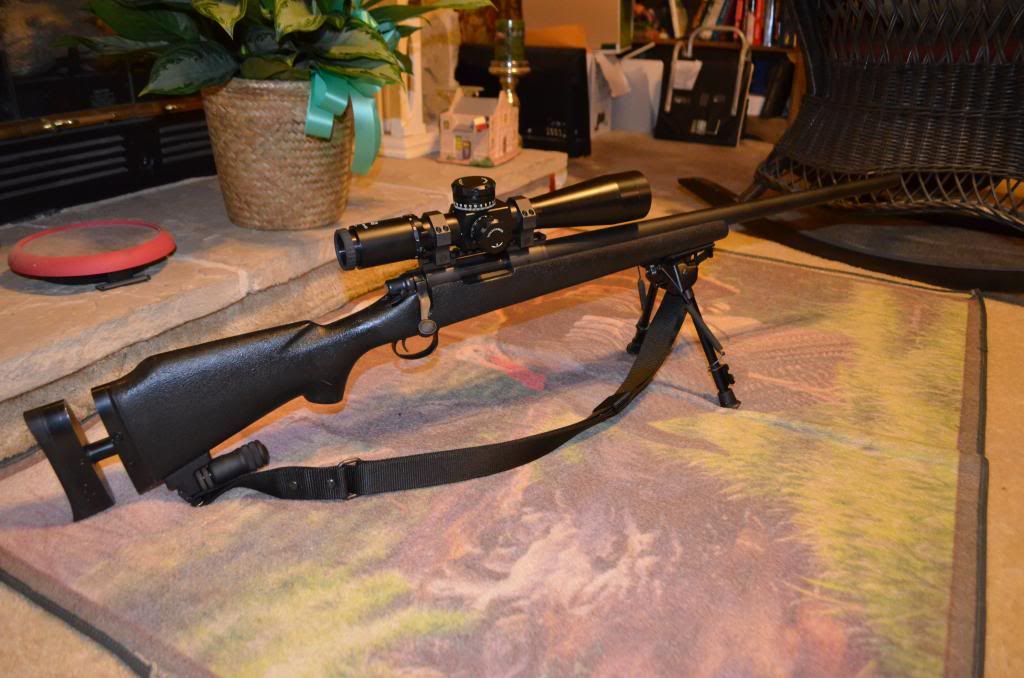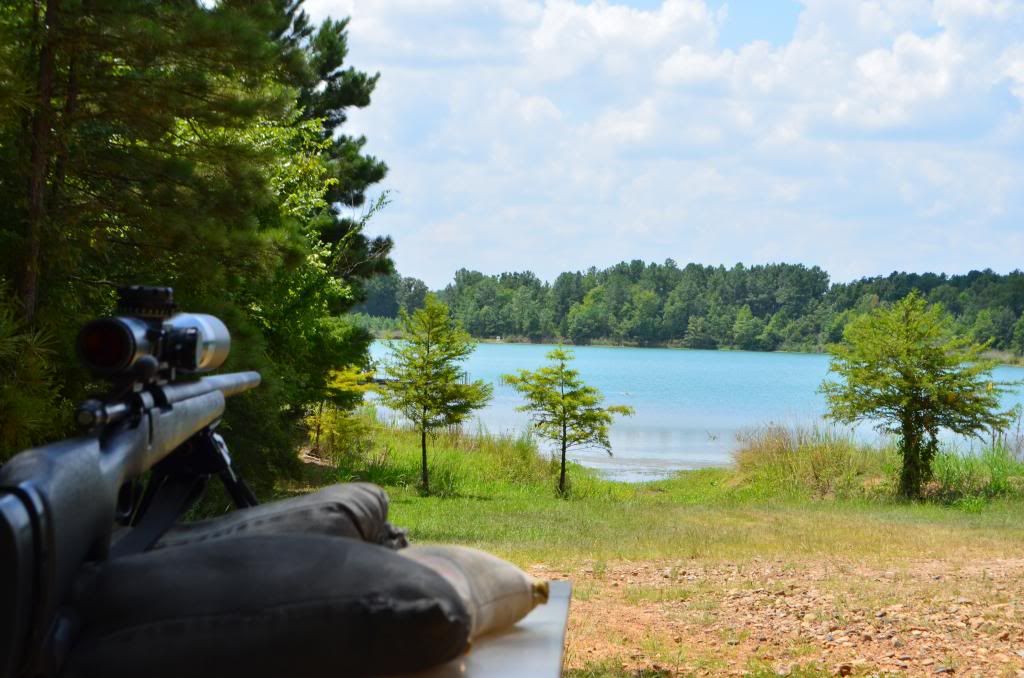pinsandpitons,
The 155 Palma bullets violate several primary rules for bullet design, and their having less than one caliber's worth of bearing surface is the most noteworthy and obvious. Have to understand that 155 grains isn't the "best" weight or design for a 1,000 yard 308 Win bullet, but what the international Palma rules require; the bullets were made to fit within those rules. In order to produce that bullet, Sierra had to make some sacrifices that went against conventional bullet design. At the time of its introduction, many of the Palma shooters were running very tight bores, due to the use of RG ammo at Bisley. The RG stuff had some concentricity issues (among other things) and the tighter bores seemed to help get the best out of them. With the advent of the 155 Palmas, and their reduced bearing surface, those same tight bores gave pretty good results. The concept stuck, and the same line of thought holds true for the newer 155 Palma designs from Berger, Lapua, etc..
I see a lot of guys who assume that since this is what the Palma shooters are using, they must be the best 1,000 yard bullets in a 308. Again, they're not, but they're what the rules require. This is part of what makes Palma so challenging. Given our druthers, most American LR shooters would immediately opt for a heaver bullet and a better BC. Most of the guns built for this game (if the shooter has no intention of shooting an international match where the 155s are required) are set up with faster twists which enable the shooter to use the 185s, 190s, 200s and so on. There, the tight bore is usually dropped, and a conventional .300" bore/.308" groove is used. The 155 Palmas also are best served by one of the various Palma reamers, which usually have a substantially shorter throat, to accommodate that one, particular bullet design. In a standard .308 Win chamber and throat, they may, or may not, work quite so well.
In any case, it's worth doing a little digging to find out the "whys" behind some of the decisions competitive shooters make when setting up their guns, rather than just duplicating what they have if you may not actually need to. As everyone else here has already pointed out, the 175s will work well, as will the various 185s and so on. In a conventionally chambered rifle (as in, a factory chambering job) these may be better choices than the 155s.




